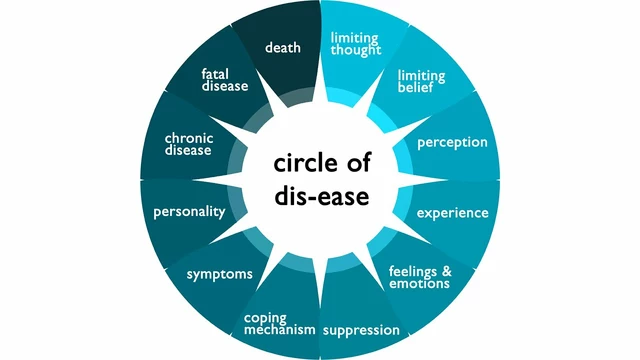Epilepsy first aid: fast, simple steps to help during a seizure
A seizure can be scary, but the right moves are simple and can prevent harm. Time matters. Stay calm, protect the person, watch the clock, and get help when needed. Below are clear steps you can follow right now.
Quick steps: what to do during a seizure
1. Stay with them and keep calm. Most seizures stop on their own in under two minutes.
2. Time the seizure. If it lasts longer than five minutes, call emergency services immediately.
3. Protect the head. Put something soft under their head or support it with your hands. Move nearby furniture or sharp objects away.
4. Roll them to their side when it’s safe. This helps keep the airway clear and makes breathing easier after the jerking stops.
5. Don’t hold them down. Restraining can cause injuries. Let the seizure run its course while you keep the environment safe.
6. Don’t put anything in their mouth. That includes fingers, spoons, or a padded object. People cannot swallow their tongue, and forcing something in can cause choking or damage.
7. Check breathing and color. If they stop breathing or their breathing is very abnormal after the seizure, start CPR if you’re trained and call emergency services.
When to call emergency services & rescue meds
Call 911 (or local emergency number) if the seizure:
- Lasts more than five minutes.
- Is followed by another seizure right away.
- Happens in water, or the person is injured, pregnant, or diabetic.
- The person has difficulty breathing or does not wake up after the movements stop.
If someone has a prescribed rescue medication (like buccal midazolam or rectal diazepam), only use it if you’ve been shown how and it’s recommended for the situation. These meds can stop prolonged seizures, but they must be given correctly and at the right time.
After the seizure, stay until the person is fully alert. Speak calmly, explain what happened, and offer water when they’re fully awake and can swallow. Many people feel confused or sleepy for a while—this is normal.
Prevention and safety tips: pad sharp corners, secure lights and heavy objects, and remove choking hazards. If a loved one has frequent seizures, ask their doctor for a written seizure action plan. That plan should note when to use rescue meds and when to call an ambulance.
Want more practical guides? eDrugstore has articles on common epilepsy meds (like lamotrigine) and alternatives to drugs such as Neurontin. Read trusted guides so you know what treatment and rescue options are right for your situation.
Simple actions save lives: time it, protect the head, don’t restrain, don’t put things in the mouth, and call for help when the seizure is prolonged or dangerous.




